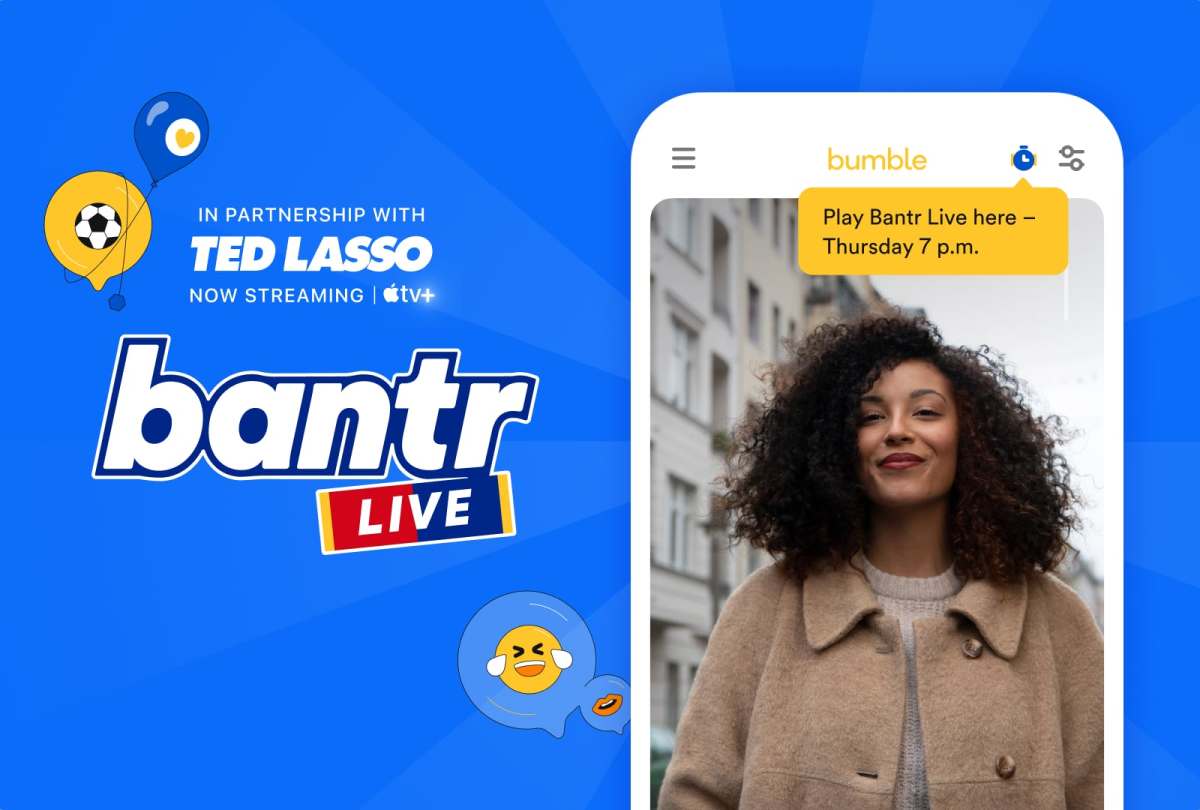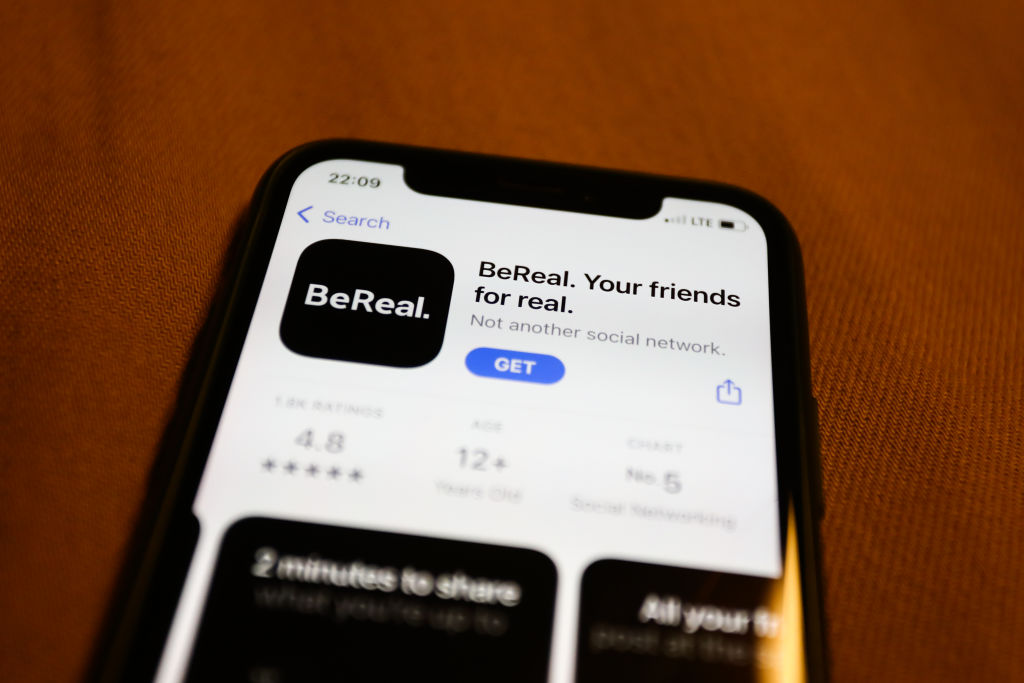As Elon Musk again nears a deal to buy Twitter, speculation is resurfacing around how the billionaire plans to transform the social network. Musk’s tweet this week offered a clue: “Buying Twitter is an accelerant to creating X, the everything app.” While Musk didn’t elaborate on what X would look like, many reckon he’s aspiring to replicate the success of WeChat, which over the past decade has virtually become the everything app in China. People use it to read the news, hail rides, book doctor’s appointments, pay taxes and carry out a myriad of other daily activities. That perhaps is indeed Musk’s idea given he’s full of praise for the Tencent-owned messager. In his first town hall with Twitter staff in June, the Tesla founder talked up WeChat as a possible vision for the American social network. And, you know, if I think of, like, WeChat in China, which is actually a great, great app, but there’s no WeChat movement outside of China. And I think that there’s a real opportunity to create that. You basically live on WeChat in China because it’s so useful and so helpful to your daily life. And I think if we could achieve that, or even close to that with Twitter, it would be an immense success. WeChat has long been celebrated in the West as one of the greatest inventions that came out of the Chinese internet. And Tencent’s investment in Tesla has probably given Musk an insight into the Chinese internet giant. But is the WeChat model really a desirable product for the U.S.? The exact WeChat features that impress Musk are also the source of criticisms of the app. The all-in-one messenger has in effect erected a walled garden, critics say, where e-commerce transactions only take place over its payments app and information consumed by users is either published within WeChat’s infrastructure or third-party services backed by Tencent. Links from Tencent’s nemeses, like Alibaba and Douyin (TikTok’s sister in China), were inaccessible on WeChat until Beijing’s recent anti-monopoly movement began to tear down the thick walls. A super app might bring convenience to users as they hardly need to leave the platform — which in turn helps drive revenues for the company — but the model can stifle competition and rule out user choices. Putting these concerns aside, could Musk replicate WeChat’s success in the U.S. after all? Unlikely, at least not WeChat in its current state. The messaging app thrived under conditions unique to China, for better or worse. Before diving into what WeChat has done right, let’s not forget that its core as a social messaging app makes it fundamentally different from Twitter, which is a social media platform. The fact that it is a chat app means it’s highly sticky. With over 1.3 billion users, WeChat is the ubiquitous messenger in China, while people go on Twitter mostly to consume information rather than talk to people they know in real life. WeChat’s unfair advantages WeChat didn’t start from scratch. Tencent was already the social networking king of China with QQ, a messenger akin to ICQ that took off in the PC age. Not long after WeChat launched in 2011, Tencent opened up QQ’s enormous social graph to WeChat, giving people the option to add QQ friends on WeChat. If Musk built X from scratch, he could play around funneling users from Twitter to the new platform. But, sticking with the WeChat analogy, it would be competing in a market crowded with WhatsApp, Messenger, Telegram and others. WeChat is many apps folded into one, and messaging is a gateway through which people come to discover the plethora of features it’s been adding over the years. One of its early killer features is a content publishing feature called Public Accounts. When Public Accounts launched in 2012, Weibo and blogging platforms were the two places for China’s netizens to share their voices. The former had a 140-character limit like Twitter, while blogs were popular mostly among Chinese elites. Built off an everyday chat app, Public Accounts soon attracted everyone from economists to small business owners who wanted to propagate ideas. By the beginning of 2021, 360 million users were reading articles through Public Accounts. Any organization that needs to produce content is on WeChat, from state media to fashion brands. The online media landscape in the U.S. is a lot more diverse. People read news on news apps, seek thought leadership on LinkedIn and encounter brands’ stories through blogs. The majority of businesses in China might not have a website, but they probably maintain a WeChat Public Account. Over time, Public Accounts has morphed into a digital infrastructure for businesses that’s not unlike Shopify. That was made possible with the launch of WeChat Pay in 2013. While America spent the past decade improving magnetic card-enabled transactions, China never had widespread credit card adoption and went straight from paying with cash to mobile payments using QR codes. WeChat Pay quickly attracted users in droves by becoming the default payment option for a few popular apps, including ride-hailing upstart Didi and food delivery platform Meituan — which are both backed by Tencent, one of the most prolific corporate investors in the world. Were Musk to start a new payments solution that follows WeChat Pay’s playbook, he’d have to form alliances with other internet giants to drive adoption. WeChat’s role as the backbone for e-commerce has only become more omnipotent over time. In 2017, it began letting developers build lite apps that run inside WeChat. Businesses that used to hawk products through static Public Account pages could now run WeChat-based stores that have all the basic functions of an e-commerce app. Pinduoduo, the social commerce startup that grew to rival Alibaba in half a century, took off as a mini app thanks to its seamless integration with WeChat’s social features. Imagine you could browse Amazon on WhatsApp, share product pages with your contacts and make a purchase without ever leaving the messenger. After




